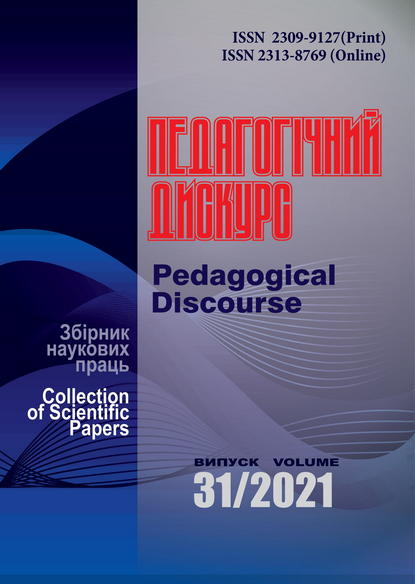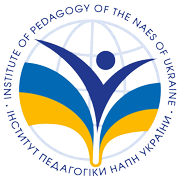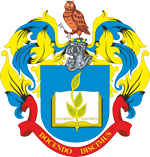Application of the «Storytelling» Method in the Study of the Disciplines «School Music Repertoire Workshop» and «Choral Conducting»
Abstract
The article reveals the peculiarities of the use of the method «Storytelling» in the study of disciplines «Workshop of School Music Repertoire» and «Choral Conducting» by students of higher education specialty 014 Secondary Education (Music Art). The concept of the «storytelling» method is defined as «the art of telling stories for the purpose of learning, management by conveying the content of the message using a special technique». The structure of storytelling (connection, presentation of the main material, conclusions) is given. The types (active, passive) of storytelling are described and the method of its application in teaching the theoretical discipline «Workshop of School Music Repertoire» and practical – «Choral Conducting» for students of higher education specialty 014 Secondary Education (Music Art). The passive type of storytelling (the teacher is the author of the story and the narrator, the student of higher education is deaf) is used in classes «Workshop of School Repertoire» and «Choral Conducting» during the explanation of a new topic, for example: presentation of theoretical material (structure of artistic and pedagogical analysis of music), the main types of sizes, etc.), information about the composer, the author of the poetic text of the song (life and creative way), the history of writing a choral work, processing of folk songs, etc. An active type of storytelling (a student of higher education takes part in the creation of a story, and the teacher directs, corrects his actions, pushes leading questions to the correct conclusion) is used to consolidate the studied material. The main functions of pedagogical storytelling and the rules of its application in the educational process of higher education are determined.
Downloads
References
Palamar, S., & Naumenko, M. (2019). Storitelinh u profesiinii pidhotovtsi maibutnikh pedahohiv: suchasni instrumenty [Storytelling in the Professional Training of Future Teachers: Modern Tools]. Retrieved from https://openedu.kubg.edu.ua/journal/index.php/openedu/article/view/279 [in Ukrainain].
Luhova, T. (2020). Naratyv ta storitelinh v znaniievii strukturi navchalno-dilovoi video hry yak chynnyky synerhii informatsiinykh tekhnolohii ta dukhovno-oriientovanoi pedahohiky [Narrative and Storytelling in the Knowledge Structure of Educational and Business Video Games as Factors of Synergy of Information Technologies and Spiritually-Oriented Pedagogy]. Retrieved from https://openedu.kubg.edu.ua/journal/index.php/openedu/article/view/295 [in Ukrainain].
Kaidalova, L. (2020). Pedahohichnyi storitelinh u pidhotovtsi maibutnikh fakhivtsiv okhorony zdorovia [Pedagogical Storytelling in the Training of Future Health Professionals]. Retrieved from http://www.innovpedagogy.od.ua/archives/2020/29/part_1/29.pdf [in Ukrainain].
Simmons, A. (2015). Storitelling. Kak ispol’zovat’ silu istorij [Storytelling. How to Use the Power of Stories]. Retrieved from https://2brilliant.ru/wp-content/uploads/2015/04/A-Simmons-Storitelling.pdf [in Ukrainain].
Metod storytelling: yak zatsikavyty ditei, rozpovidaiuchy istorii [Storytelling Method: How to Interest Children by Telling Stories]. (2019). Retrieved from https://naurok.com.ua/post/metod-storytelling-yak-zacikaviti-ditey-rozpovidayuchi-istori [in Ukrainain].
Copyright (c) 2021 Pedagogical Discourse

This work is licensed under a Creative Commons Attribution-NonCommercial-ShareAlike 4.0 International License.

















